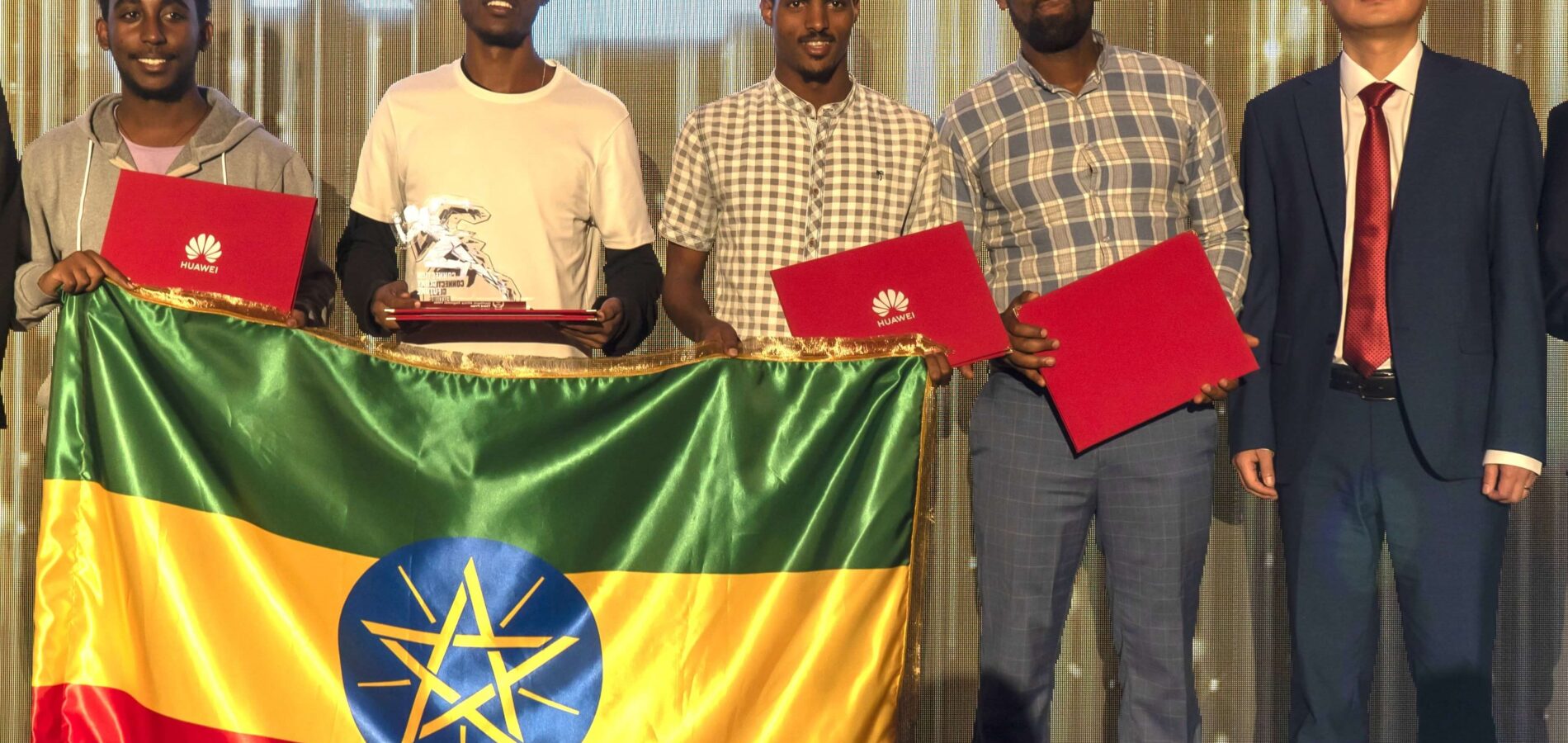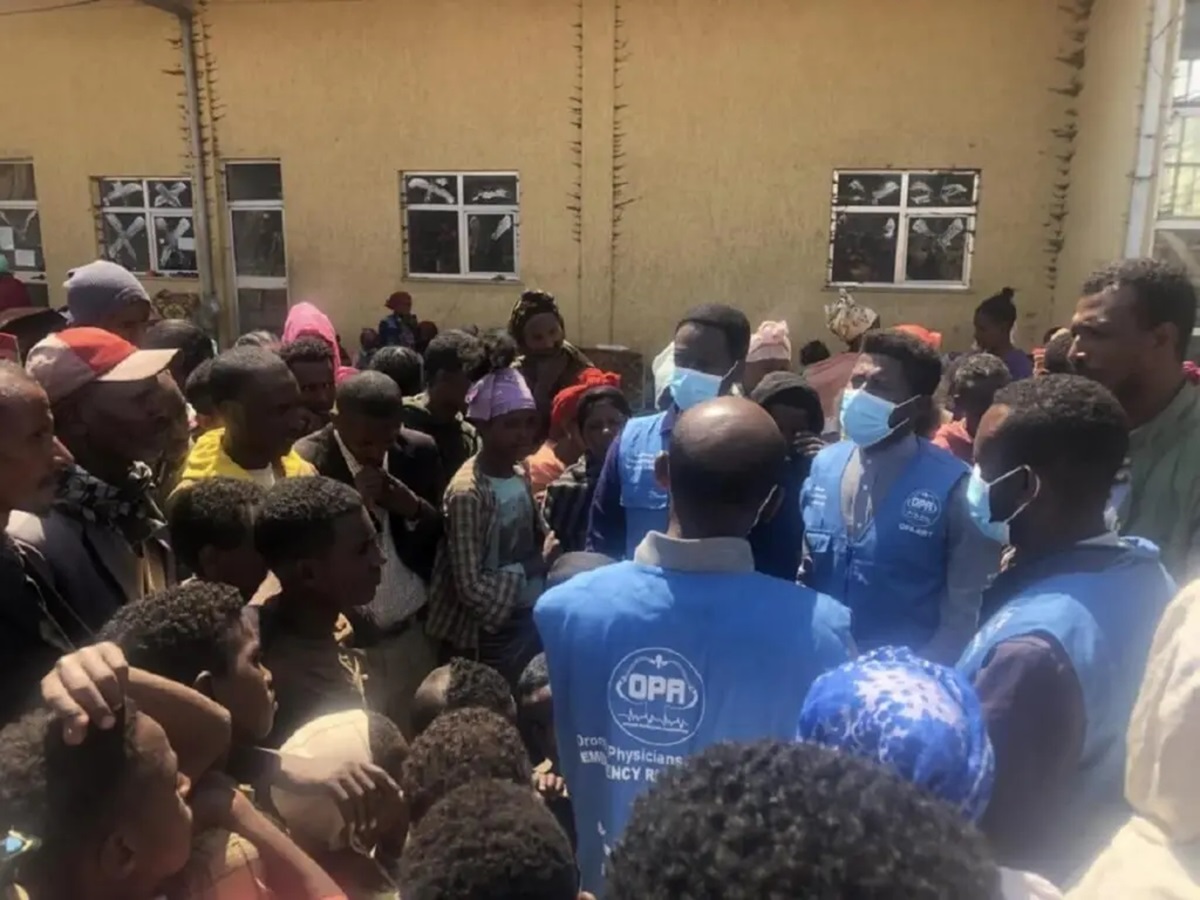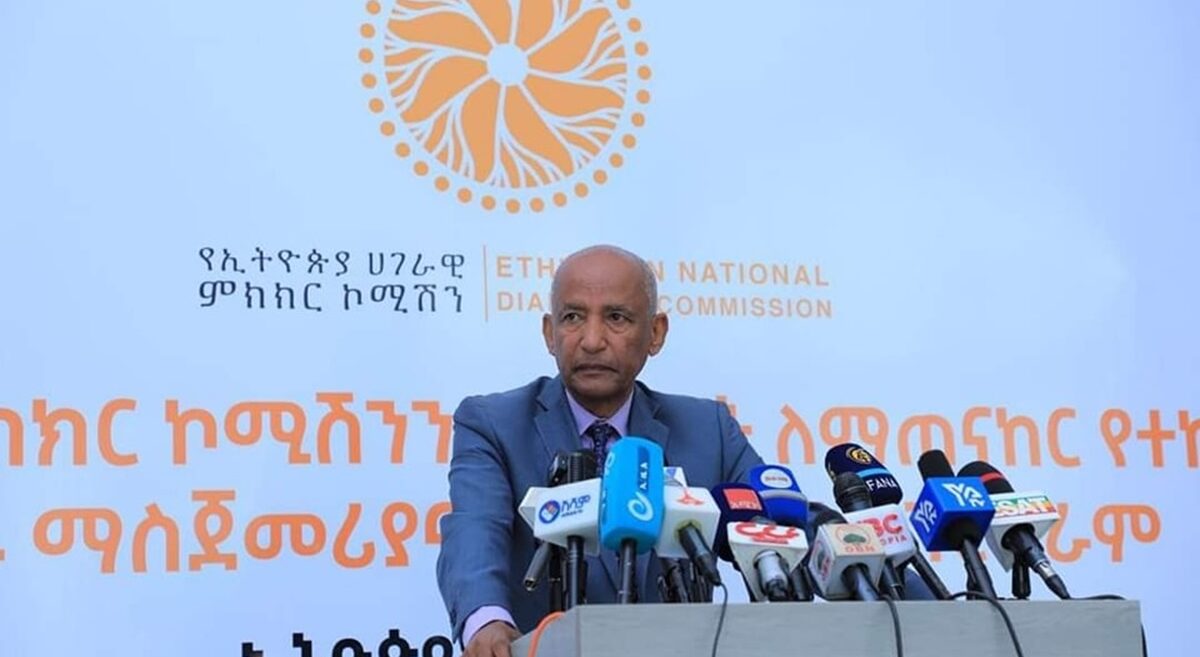Berihun Adugna Gebeye, For Addis Standard
Addis Abeba, December 27/2017 – I am writing this contribution to further engage and provoke discussion on ‘decolonizing’ Ethiopian studies initiated by Hewan Semon. While I agree with some of Hewan’s concerns, I dissent on the use of decolonization as a theoretical framework for Ethiopian studies. De-racialization seems to be a more fitting theoretical framework to view and reflect upon the phenomenon on Ethiopian studies.
Indeed, my argument here is not original. Messay Kebede makes a compelling case for the deconstruction of Eurocentric views on Ethiopia and on the possibilities of advancing Ethiopian studies within the contours of its own epistemology, methodology, and phenomenology. My aim here is to bring a historiography of Ethiopian studies to the attention of Hewan and her critics (see Here, Here, Here, and Here) and consequently posit why Ethiopian studies need de-racialization.
Hewan argues for the ‘decolonization’ of Ethiopian studies based on the objective to “highlight the importance of making Ethiopian languages and ideas dominant in the field of Ethiopian Studies.” To this end, she advocates for the deployment of Ethiopian epistemology and methodology in the production of Ethiopian studies. In this production process, she considers the use of Ethiopian languages and familiarity with Ethiopian ideas as key inputs. By doing so, she wants to bring Ethiopian scholars as key agents in charge of the production of Ethiopian studies. The call for ‘decolonization’ is premised on the real or alleged control, influence, and mischaracterization by non-Ethiopians on Ethiopian studies.
The call to free Ethiopian studies, broadly conceived, from the domination and influence of non-Ethiopians or the advocacy to position Ethiopian scholars in Ethiopian studies and consequently channel Ethiopian epistemology and methodology in the factory of Ethiopian studies should be supported. To this extent, I agree and share the concerns of Hewan.
However, I disagree on the modality of freeing Ethiopian studies or positioning Ethiopians and their ideas in Ethiopian studies. I would rather argue that de-racialization is a more fitting theoretical framework than decolonization.
Decolonization is not appropriate for Ethiopian studies simply because there is nothing to decolonize. Decolonization presupposes prior colonization. As Ethiopia has existed as a sovereign nation throughout its history, decolonization is irrelevant as a theory to assess Ethiopian studies. In light of this, transplanting the theory of decolonization to Ethiopian studies is either a willful submission to coloniality or un-reflexivity to the universe of hegemonic discourse. The argument that Ethiopian studies need decolonization as African studies, is a theory by analogy that denies the former its own historicity and agency.
Precisely because Ethiopia has a unique history and civilization in Africa, she defied the widely assumed view that Africa is “a land of childhood” [sic] devoid of history. In world history, it was held that only the West was a site for human progress while Africa was destined to be stationary. Indeed, history was thought unpalatable to the African universe. Only geography and anthropology can be applicable to the comprehension of Africa and Africans. In this Eurocentric view of the world, the existence of Ethiopia in Africa created a contradiction.
The Ethiopian contradiction ushered in the proliferation of a racist historiography, known to students of Africa as the Hamitic hypothesis, in Ethiopian studies beginning from the 17th century. The chief claim of the Hamitic hypothesis is ‘that everything of value ever found in Africa was brought there by the Hamites, allegedly a branch of the Caucasian race.’ In addition to rectifying a methodological error in the production of world history, the Hamitic hypothesis reaffirms the racist assumption that black people are incapable to produce history, build great architectural monuments such as Axum and Lalibela, follow Christian religion, own non-European written script, issue and use currency. More importantly, it reaffirms the belief that black people are unable to form a state within which history is possible even in the Hegelian sense.
The Hamitic hypothesis forms one genre of Ethiopian historiography. In his study of Ethiopian history, Teshale Tibebu develops three paradigms. The first one is the Axumite paradigm presented and defended by the Ethiopian state (until 1974) and the Ethiopian Orthodox Church. The second is the oriental-semanticist paradigm presented by Europeans; and the third is the radical Ethiopian left. The radical left historiography is the offspring of the oriental-semanticist paradigm that takes the ‘modern Ethiopia’ (to be precise Menelik’s Ethiopia) as a starting point for historical analysis.
The oriental-semanticist paradigm situates the origin and authors of the Axumite civilization in southern Arabia. This paradigm holds that at the root of the Ethiopian state and history is an Arab immigrant that civilized over and subjugated the indigenous black. Because of marriage and assimilation, the story goes; the immigrant was darkened while the indigenous was whiten. Hence, the “Abyssinian, i.e. the Ethiopian proper” was born. As a result, it was held that Ethiopians, ‘Abyssinians,’ look different from other Africans. In this regard, Edward Ullendrof observed that generally speaking, the predominant Ethiopian type reveals fairly close anthropometric affinities to that commonly found among the Arabs of South Arabia, i.e. medium stature, long face, a fairly straight and thin nose- all characteristics not encountered among the neighboring African peoples. The hair is curly or frizzy, lips are thinner and very much less protruding than is otherwise the case in Africa. The color of the skin varies a good deal, but is generally rather light, somewhere between olive and light brown.
Indeed, the light-dark skin perception and the north-south dynamics at home builds on the acceptance of the oriental-semantic paradigm. Further, the claim for indignity, on the one hand, and the radical left historiography, on the other, are yet other manifestations of the Hamitic hypothesis among Ethiopians.
The Axumite paradigm, which positions Ethiopia and its history within the agency of its people and institutions such as the Orthodox Church, is dubbed as “debtera historiography” and a myth by some Ethiopians. Seen in this trajectory of racist historiography and its uncritical acceptance, or acceptance for parochial or other purposes, by Ethiopians looms large than the simple domination of non-Ethiopians in Ethiopian studies. Hence, the identity of the person who does Ethiopian studies becomes almost insignificant so long as she adheres to the Hamitic hypothesis.
I am not suggesting here that the Axumite paradigm is more accurate or correct than the orientalist-semanticist view nor am I saying that the former is inclusive. What I am saying is the oriental-semanticist historiography has a racist view at its core. Because it has race in its analysis or assumption, this should be deracialized. Further, the Axumite paradigm should be critically examined, explored, and challenged not only from predominantly Amharic or Ge’ez sources or experiences, but also from other Ethiopian languages and experiences. When race is displaced from Ethiopian studies, it may open new possibilities for a new understanding that transcends ethnic, religious, and language differences. Thus, in view of Ethiopian historiography, deracializing Ethiopian studies becomes necessary and palatable than decolonizing it. AS
Ed’s Note: Berihun Adugna Gebeye is a PhD Candidate at Central European University, he can be reached at brhngeb@gmail.com
Disclaimer: The views and opinions expressed in this article are that of the writer’s and do not necessarily
reflect the editorial of Addis Standard.







